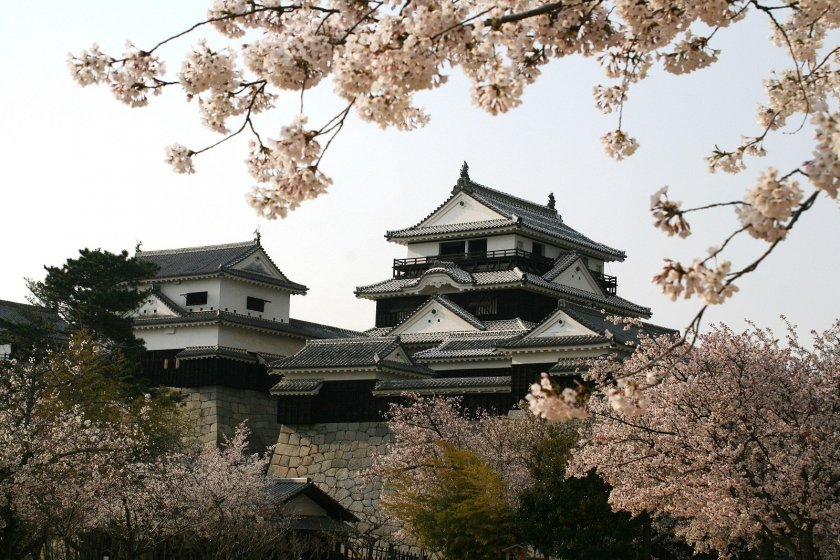It’s hard to imagine now, but Japan has nearly 5000 castle sites scattered across the land from Okinawa to Hokkaido. Now, there are about 100 with existing fortifications, keeps, and other structures remaining. Of those hundred, there are only 12 complete and original castles that have withstood natural disasters and cultural and political upheavals. Today, many of the cities you visit are former castle towns, with modern communities on sites of historic fortifications. So, how did the castles come to be, and where did they all go?
Sengoku Jidai, the Warring States Period of Japan, saw the flourishing of castle construction as local warlords sought to maintain control of their domains. This is the era in which great national treasures such as Himeji, Hikone, and Matsumoto Castles were constructed. At sites such as these, warlords had palatial estates and holdings below their fortifications. In times of battle, they used the tenshukaku, or castle keep fortifications as their base of operations.
The peak of castle building came to a close when Tokugawa Ieyasu took control and unified the disparate domains. The massive battle at Sekigahara in 1600 was the culmination of power struggles between various feudal families. In the end, the Tokugawas country-building effort resulted in a long period of relative peace.
One of the proclamations of the Tokugawa shogunate put the brakes on castle construction and maintenance. Daimyo, the warlords, were limited to holding only one castle per domain, requiring all others on their lands to be destroyed, and warlords could not construct new castles. The death knell for many castles came with the Meiji Restoration in 1868. The new government promoted modernization which meant that the symbols of the old feudal Japan had to go. Warlord’s domains became prefectures and castles were pulled down by government decree.
It wasn’t until the 1920s that Japan experienced a revival of castle preservation. In 1929, Japan passed a law to preserve national treasures, including castles. This was a time of resurging interest in Japan’s warrior past and traditions. Many castles rose again in the 1920s, including the steel and concrete replica of Osaka Castle.
But castles would come under attack again in World War II. Because the Imperial Japanese Army used many of the fortifications, such as Hiroshima and Kanazawa Castles, they drew fire from US forces. Among the castle keeps lost during the conflict were Shuri, Okayama, Wakayama, and Nagoya Castles.
Castle reconstruction again underwent a resurgence in the 1990s, but this time with more authenticity in mind. Kakegawa Castle in Shizuoka Prefecture now has a remarkable and faithful replica of the keep based on antique documents. Visitors can admire the traditional carpentry and structure of this historic spot.
Castle rebuilding continues, with recent restoration at Mito Castle in Ibaraki Prefecture where some structures have been painstakingly constructed. Highlights of the castle site are Kodokan samurai school and Kairakuen garden. Okinawa's iconic Shuri Castle was a restoration lost to fire in 2019 and is now rising from the ashes. Another castle to keep your eye on is Nagoya Castle. The city has decided to pull down the steel and concrete main keep dating from the 1950s and replace it with a keep based on diagrams of the original using traditional construction methods.






















